Cast Iron Dosa Tawa Vs Non-Stick Dosa Tawa
First thing first, a dosa tawa has to be FLAT so that every bit of it can cook equally. The second thing is, which is better-cast iron or non-stick tawa? To understand this better, we bring to you the major differences between a cast iron dosa tawa and a non-stick dosa tawa and also have a complimentary buying guide.
1. Cast Iron Dosa Tawa :
A cast iron tawa has been a proud part of our cooking legacy. It helped our ancestors to prepare crispy dosas and all kinds of flatbreads and, after a slight interlude, it is back again to help us in our cooking chores. Today, it is loved by home cooks as well as chefs all around the globe!
| Advantages | Disadvantages |
|
|

Meyer Pre-Seasoned Cast Iron Roti/Chapati Tawa 26cm, Black
|

Meyer Pre-Seasoned Cast Iron Flat Dosa Tawa, 28 cm, Black
|

Meyer Pre-Seasoned Cast Iron Square Tawa, 28cm
|
2. Non-Stick Tawa :
Glossy and gorgeous, non-stick cookware have caught the fancy of many cooks. Their ease of use and low maintenance are their biggest advantages. In addition, they come in various hues that instantly add a new glow to your kitchen interior.
| Advantages | Disadvantages |
|
|
|
Circulon Non-Stick + Hard Anodized Aluminium Flat Dosa Tawa, 24 cm
|

Circulon Non-Stick + Hard Anodized Aluminium Flat Dosa Tawa, 28 cm
|
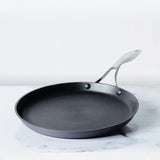
Circulon Non-Stick Hard Anodized Flat Tawa, 32 cm
|
Here’s a brief summary of the difference between a cast iron dosa tawa and a non-stick dosa tawa:
| Indicators | Cast Iron Tawa | Non Stick Tawa |
| Stick Resistance | Good | Great |
| Heating | High heat tolerance but has to be monitored well for even heating. Also the body and the handle tend to get hot after a certain amount of time. |
High temperatures should be avoided but has a uniform heating capacity. The handles generally are covered with silicone and remain cool even after prolonged cooking. |
| Heat Retention | Exceptional | Subject to the quality of the cookware |
| Safety | 100% safe with no toxins | Subject to the quality of the coating |
| Overheating | Doesn’t create any problem | Should be avoided |
| Durability | If used well, can last forever | Generally, do not have a very long lifespan |
| Maintenance | Need to season frequently | Minimal care |
Conclusion :
Actually, the best dosa tawa is determined by how you use your cookware. While a nonstick dosa tawas works well for those who need maintenance-free, easy to use cookware, and cast iron tawa is an apt choice for those who are particular about “toxins” and notice even the nuances difference in the texture and flavour of their food.
We have some great dosa tawas in both materials. Check them out and select the one that suits your needs the best:
Explore Meyer Tawa Range here


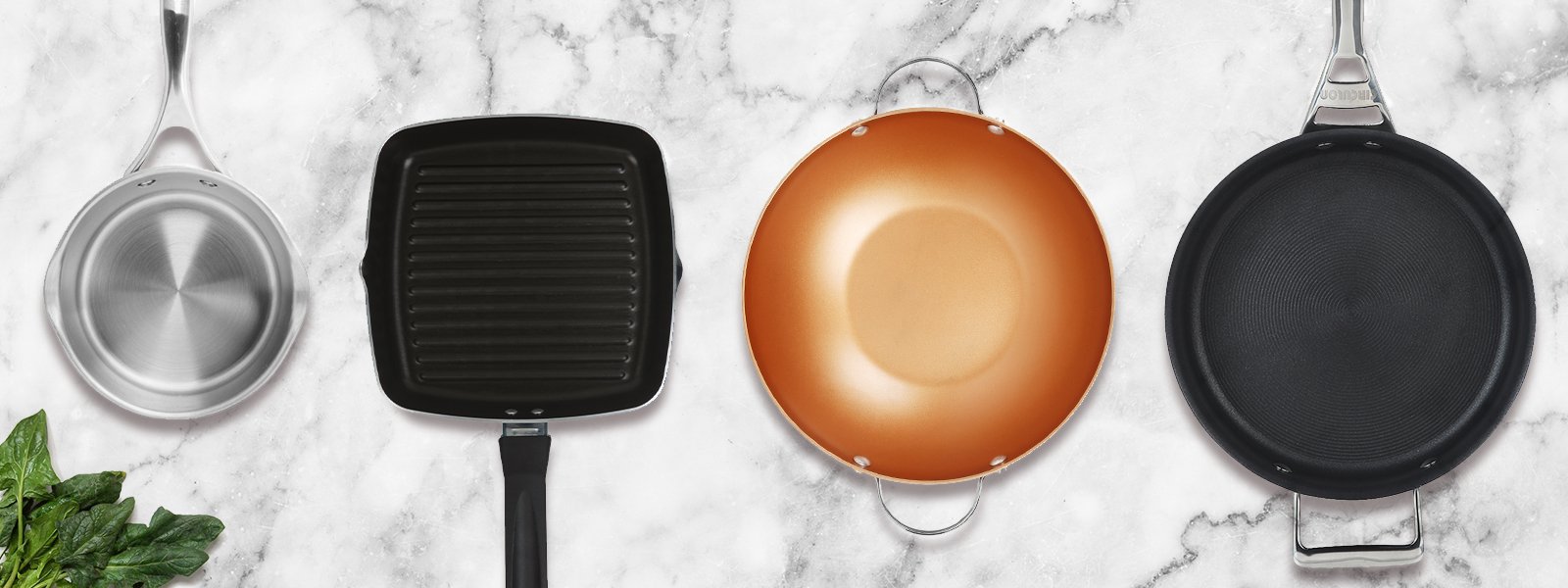
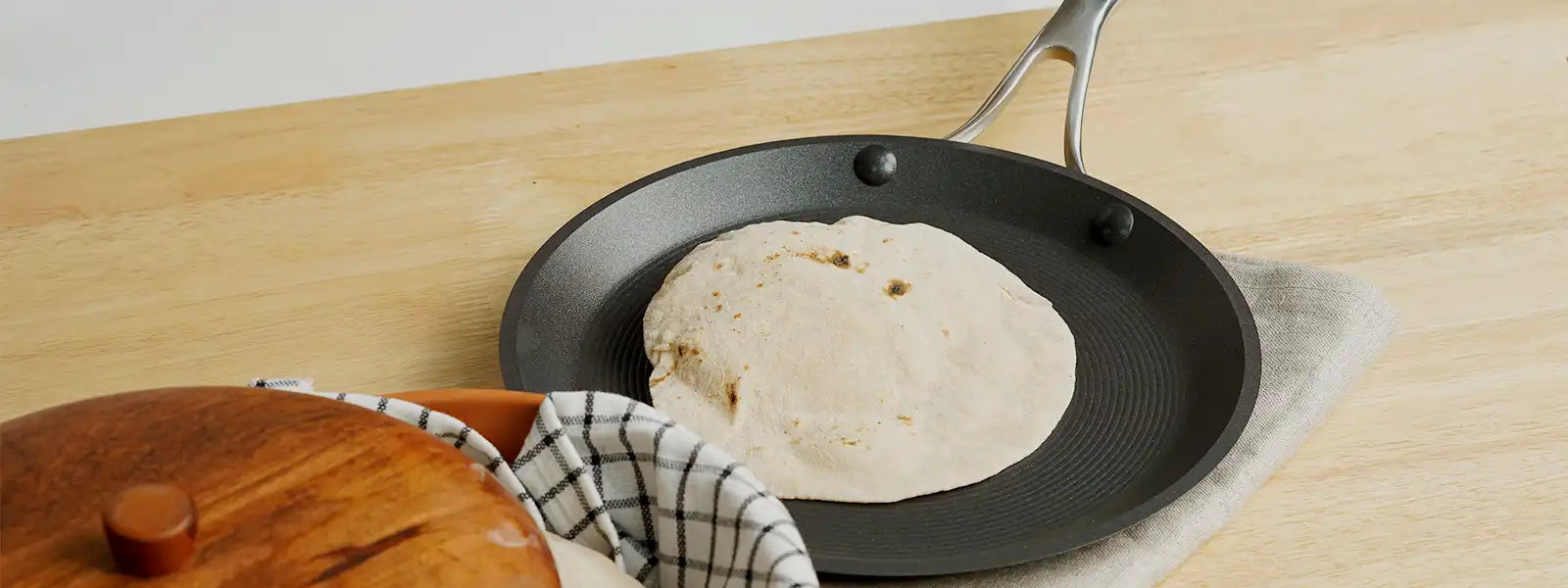
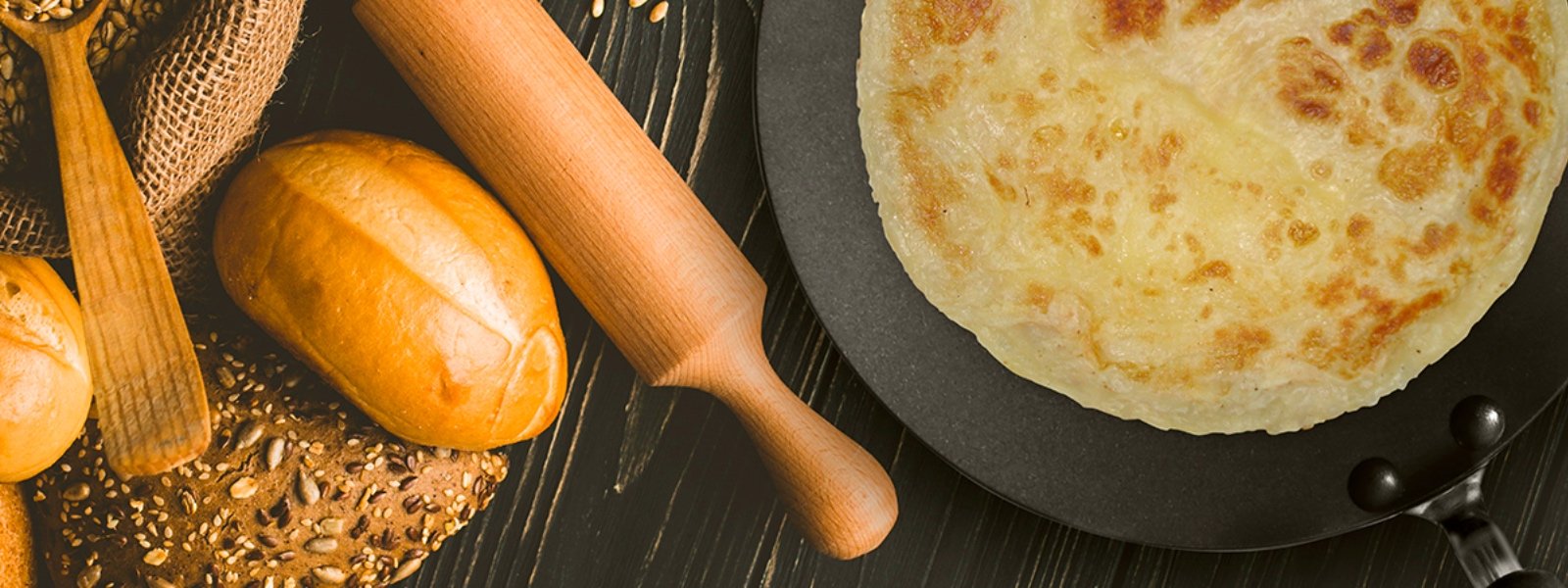
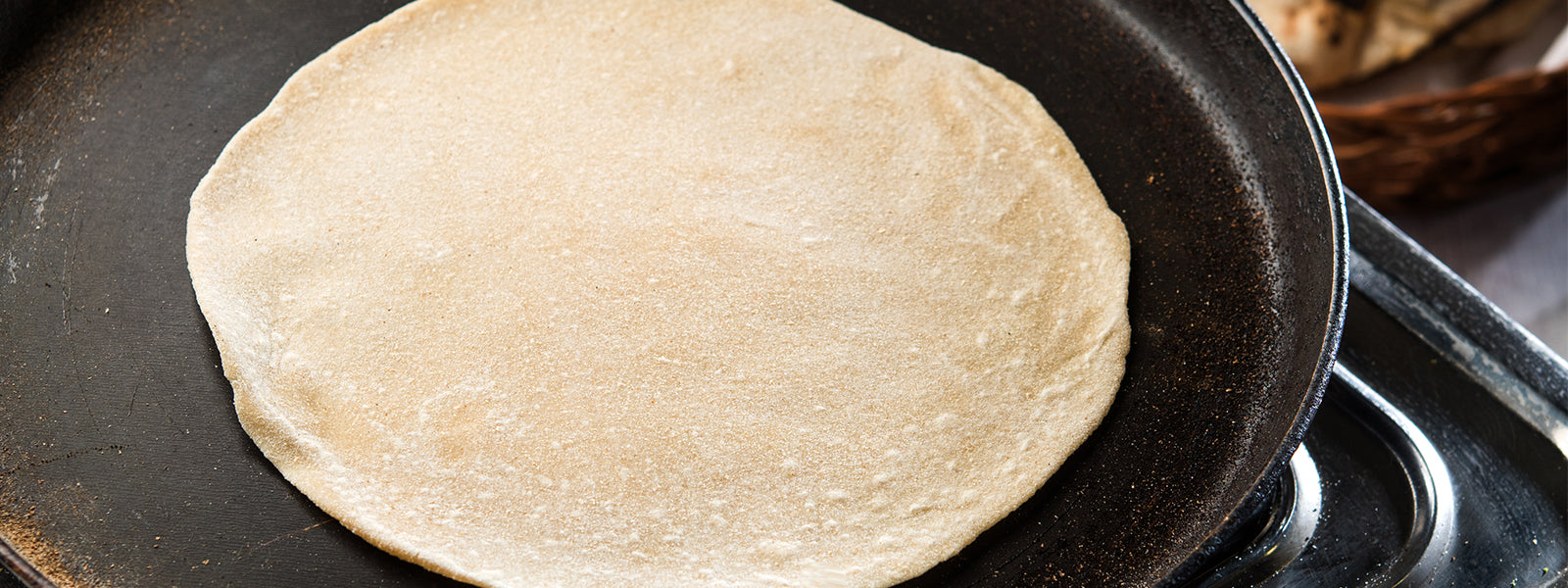
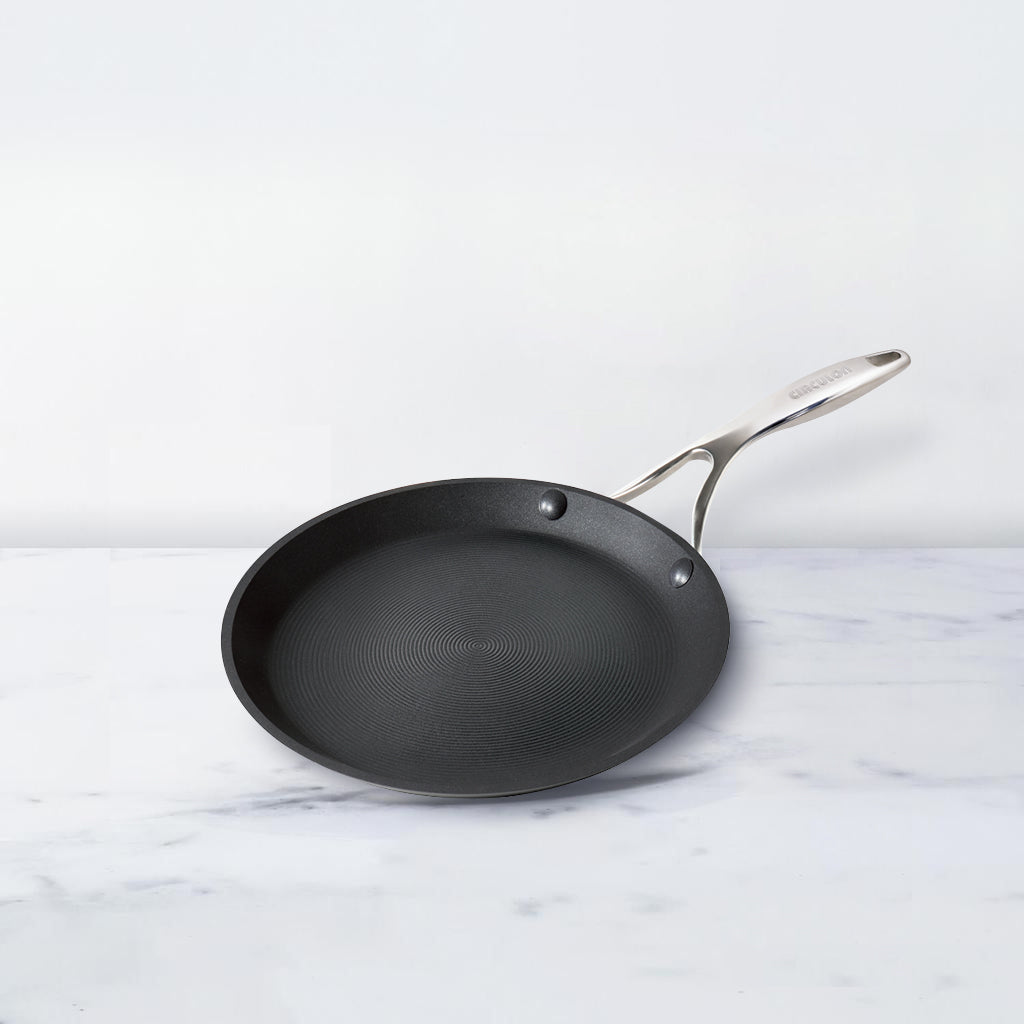
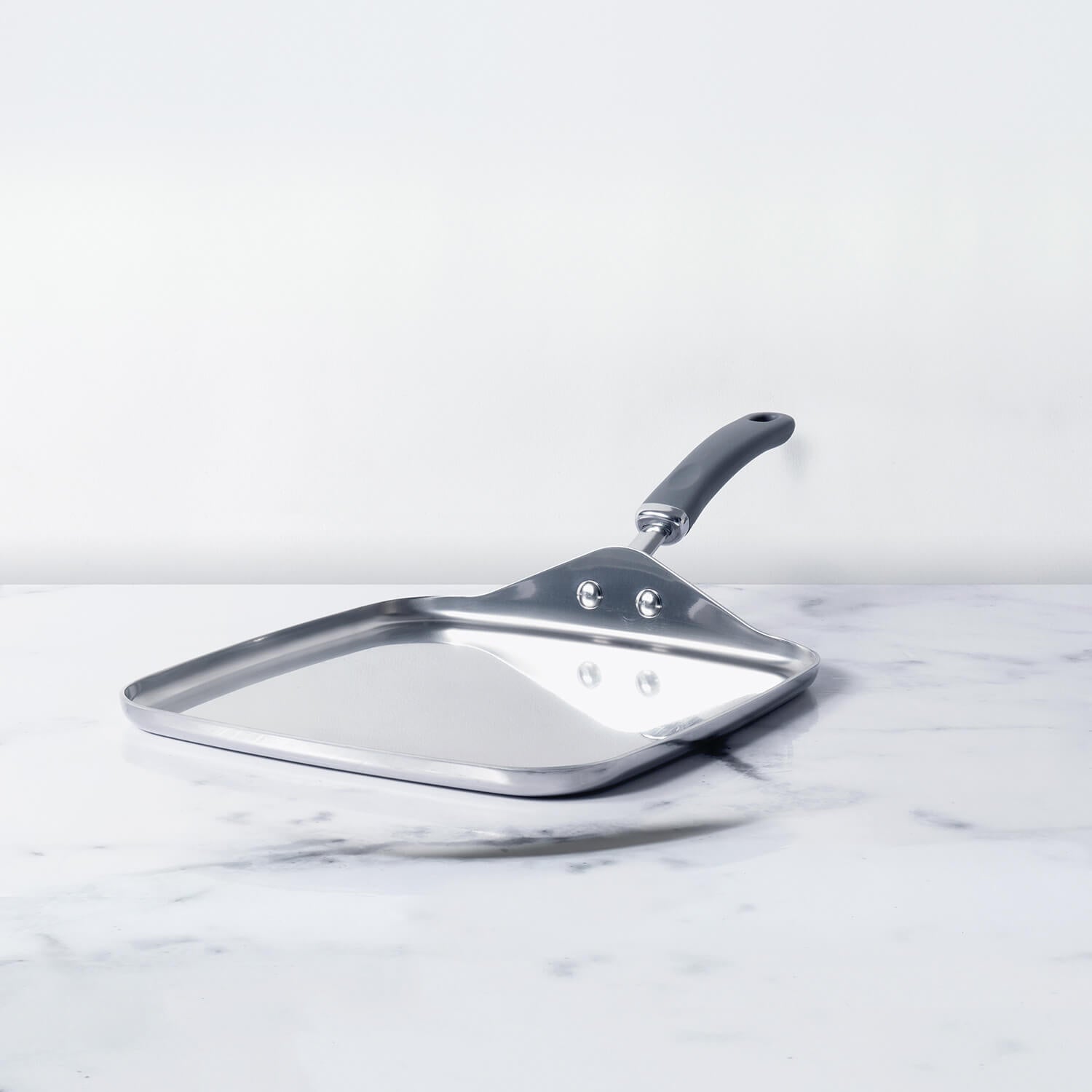




Leave a comment